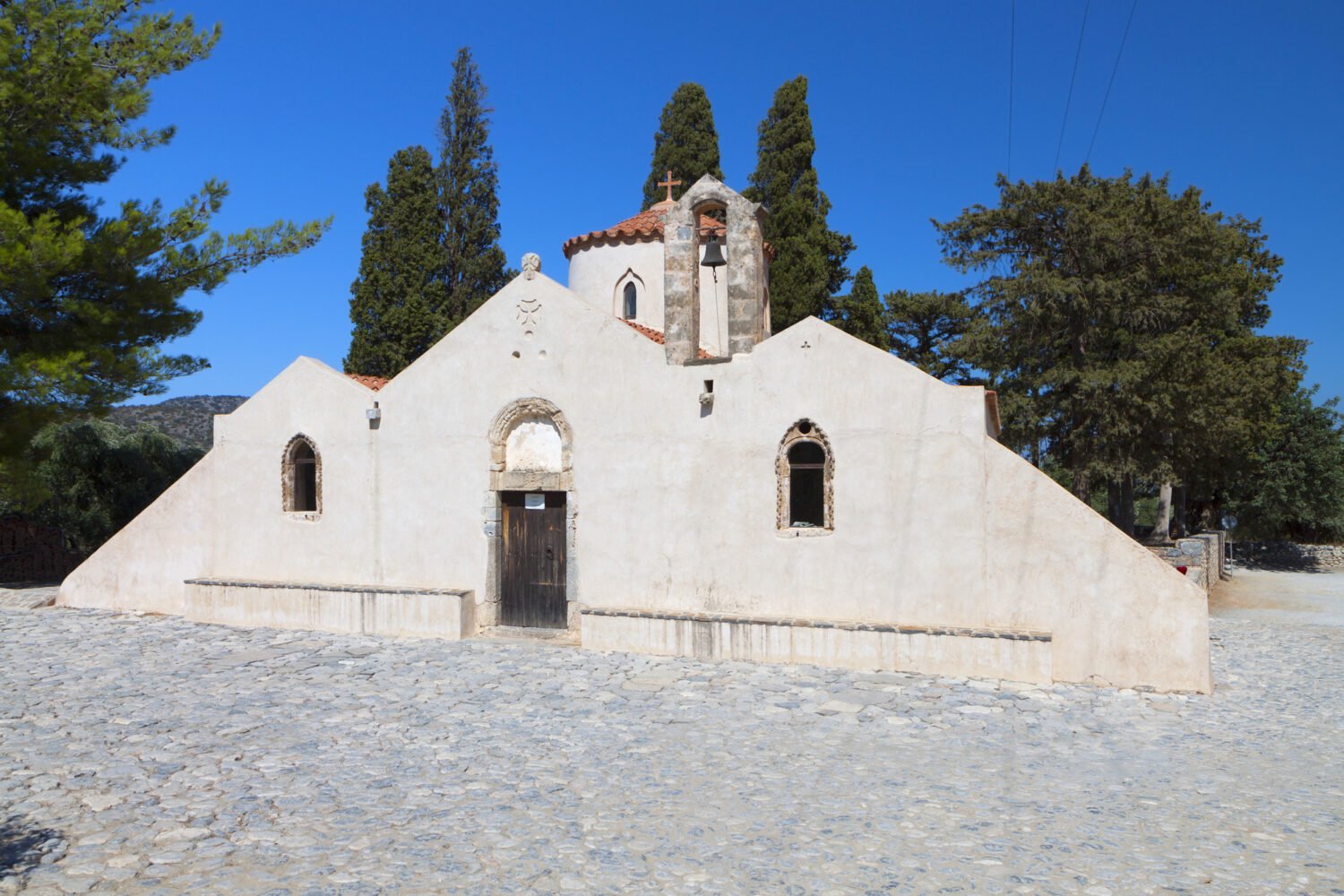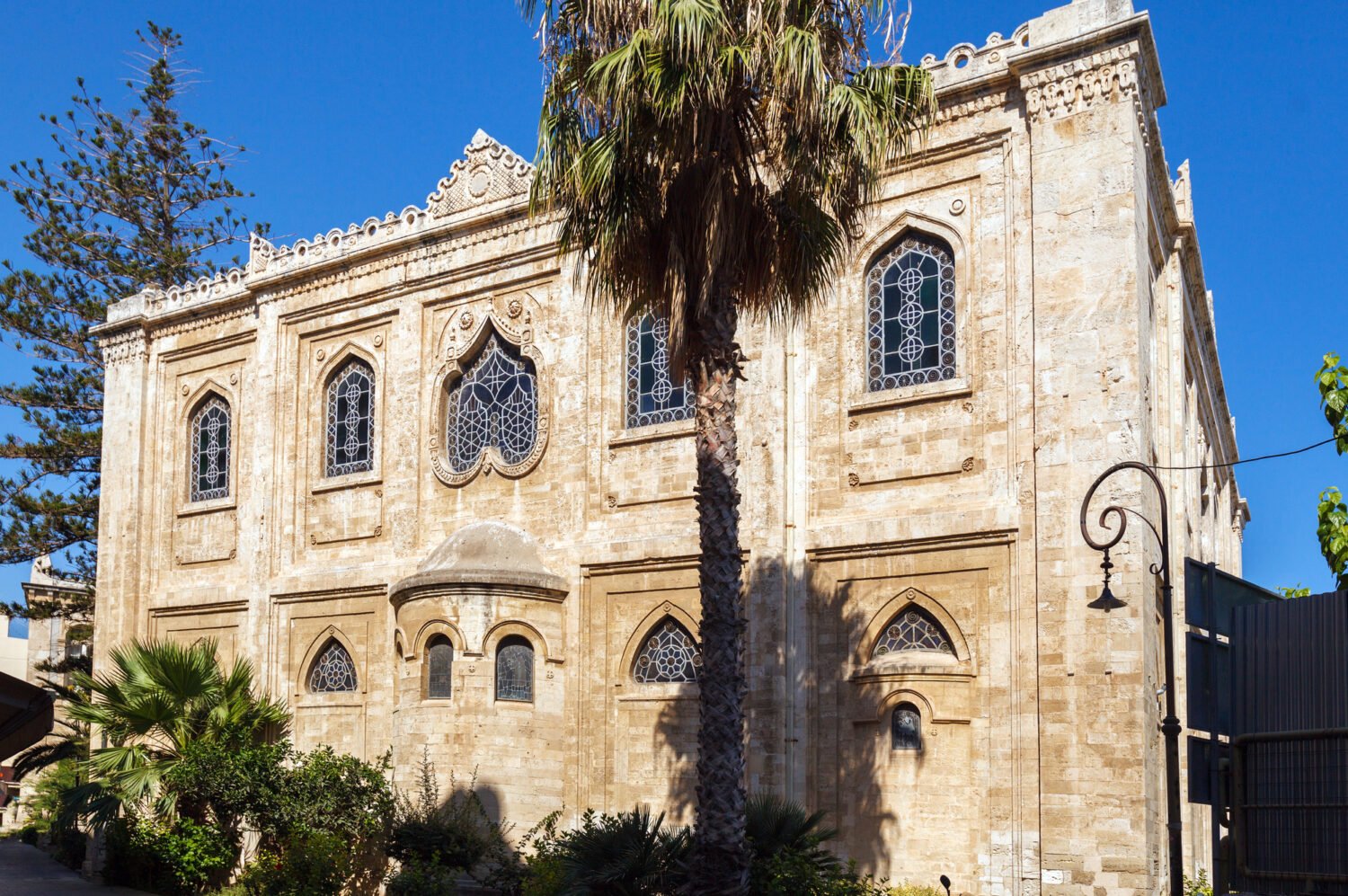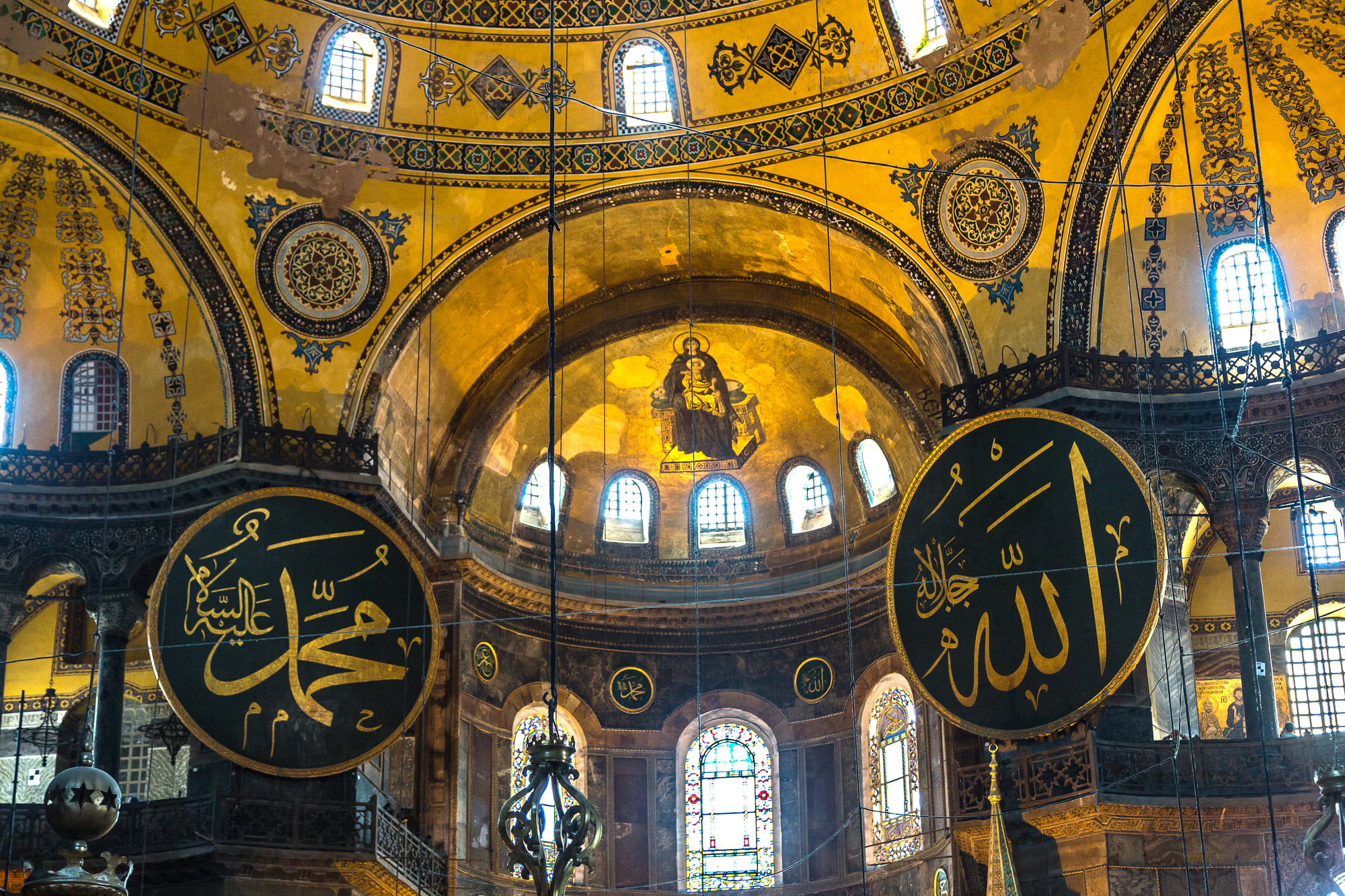Byzantine Period (330-1204 CE): The Wondrous Splendour of Crete.
Crete, the largest of the Greek islands, has always been a land of profound historical significance. Its strategic location in the Mediterranean has made it a coveted prize for many empires. However, one of Crete’s most influential and enduring periods was during the Byzantine era, which spanned from 330 to 1204 CE. This article delves into the rich tapestry of Crete’s Byzantine period, highlighting the island’s relationship with the Byzantine Empire, its challenges, the invaluable support from Byzantine families, and the architectural marvels that still stand as a testament to this golden age.
The heart of the Byzantine Empire is Constantinople, and Greeks still call it that despite the Turks calling it Istanbul. There is the largest and most significant Byzantine Church. It is called Hagia Sophia, the Church of Holy Wisdom.

Crete and the Byzantine Empire: A Symbiotic Relationship
The Byzantine Empire, with its capital in Constantinople (modern-day Istanbul), was a beacon of civilization during the Middle Ages. When Emperor Constantine the Great founded Constantinople in 330 CE, it began a new era for the empire and Crete. The island became an integral part of the Byzantine realm, benefiting from the empire’s administrative prowess, trade networks, and cultural exchanges.Crete’s strategic position made it a vital naval base for the Byzantines. The island’s ports facilitated trade between the East and West, bringing prosperity and cultural enrichment. The Byzantine influence is evident in the island’s art, architecture and even in the daily lives of its inhabitants.
Challenges in Crete: External Threats and Internal Strife
Despite its prosperity, Crete was not without its challenges. The island’s desirable location made it a target for various invaders, including Arab raiders and Norman adventurers. In the 9th century, Arab forces established a stronghold on the island, leading to a period of strife and conflict. However, the Byzantine spirit was indomitable. With assistance from the central government in Constantinople and the unwavering resilience of the Cretan people, the island was eventually reclaimed in the 10th century under the leadership of the Byzantine general Nikephoros Phokas.

The Byzantine Families: Pillars of Support
The Byzantine nobility played a pivotal role in Crete’s resurgence. Families like the Phokades and the Melissenoi provided the island with military, financial, and administrative support. Their commitment to Crete’s welfare was evident in their efforts to repopulate the island, rebuild its defences, and restore its former glory. These noble families also played a crucial role in fostering education and culture. They established schools and libraries and sponsored artists, ensuring that Crete remained a hub of Byzantine civilization.
Architectural Marvels: The Byzantine Churches of Crete
The Byzantine churches are architectural masterpieces and spiritual landmarks among its many treasures. These churches, built during the Byzantine era (330-1204 CE), are not just religious edifices but repositories of art, culture, and history. Let’s delve deeper into the world of these magnificent structures and understand their significance in Crete’s historical landscape.
Historical Context
A renaissance of art, culture, and spirituality marked the Byzantine period in Crete. The island, being an integral part of the Byzantine Empire, benefited from the empire’s architectural and artistic prowess. The construction of churches during this period was an act of religious devotion and a statement of political and cultural affiliation to the Byzantine realm.
Architectural Styles and Features

The Byzantine churches of Crete exhibit a unique blend of architectural styles. While they are deeply rooted in the Byzantine architectural tradition, they also incorporate local Cretan elements, making them distinct.
- Domes: One of the defining features of Byzantine churches is the dome. These domes, often adorned with intricate frescoes depicting scenes from the Bible, are not just architectural marvels but also enhance the acoustics of the church interiors.
- Naves and Aisles: The churches often feature a central nave flanked by aisles. This design facilitates processions and liturgical ceremonies.
- Iconostasis: A prominent feature in many Byzantine churches is the iconostasis – a decorated partition that separates the nave from the sanctuary. It is a focal point of devotion adorned with icons and religious paintings.
Artistic Brilliance: Frescoes and Mosaics
The interiors of the Byzantine churches in Crete are a riot of colours and art. Frescoes and paintings on wet plaster cover the walls, domes, and pillars. These frescoes depict scenes from the life of Christ, the Virgin Mary, saints, and other biblical narratives. Mosaics, made from tiny coloured tiles, are another art form that adorns these churches. The shimmering mosaics, often made with gold tiles, add a divine aura to the church interiors.

Notable Byzantine Churches in Crete
- Panagia Kera in Kritsa: As mentioned earlier, this church is renowned for its stunning frescoes. The depiction of the Last Judgment is particularly noteworthy.
- Church of St. Titus in Heraklion: Named after Crete’s patron saint, this church has undergone several modifications over the centuries but retains its Byzantine essence.
- Church of St. Nicholas in Splantzia, Chania: This church, with its impressive dome and bell tower, is a testament to the Byzantine architectural genius.
- Agios Nikolaos in Zaros: Nestled in the picturesque village of Zaros, this church boasts exquisite frescoes that date back to the 14th century.

Conclusion
The Byzantine period in Crete was a time of challenges, resilience, and unparalleled cultural flourishing. The island’s history during these centuries is a testament to its people’s enduring spirit and the Byzantine Empire’s unwavering support. Today, as we walk through the cobbled streets of Crete’s ancient towns, visit its Byzantine churches, or marvel at its art, we are reminded of this golden era that shaped the island’s destiny and left an indelible mark on its soul.
Table of Contents
Views: 95

